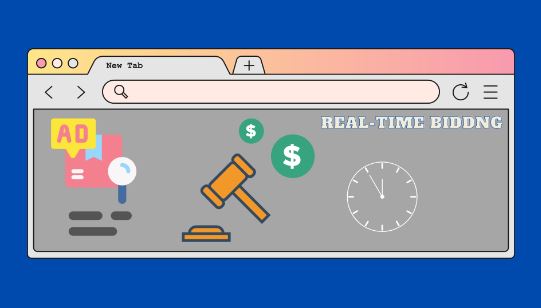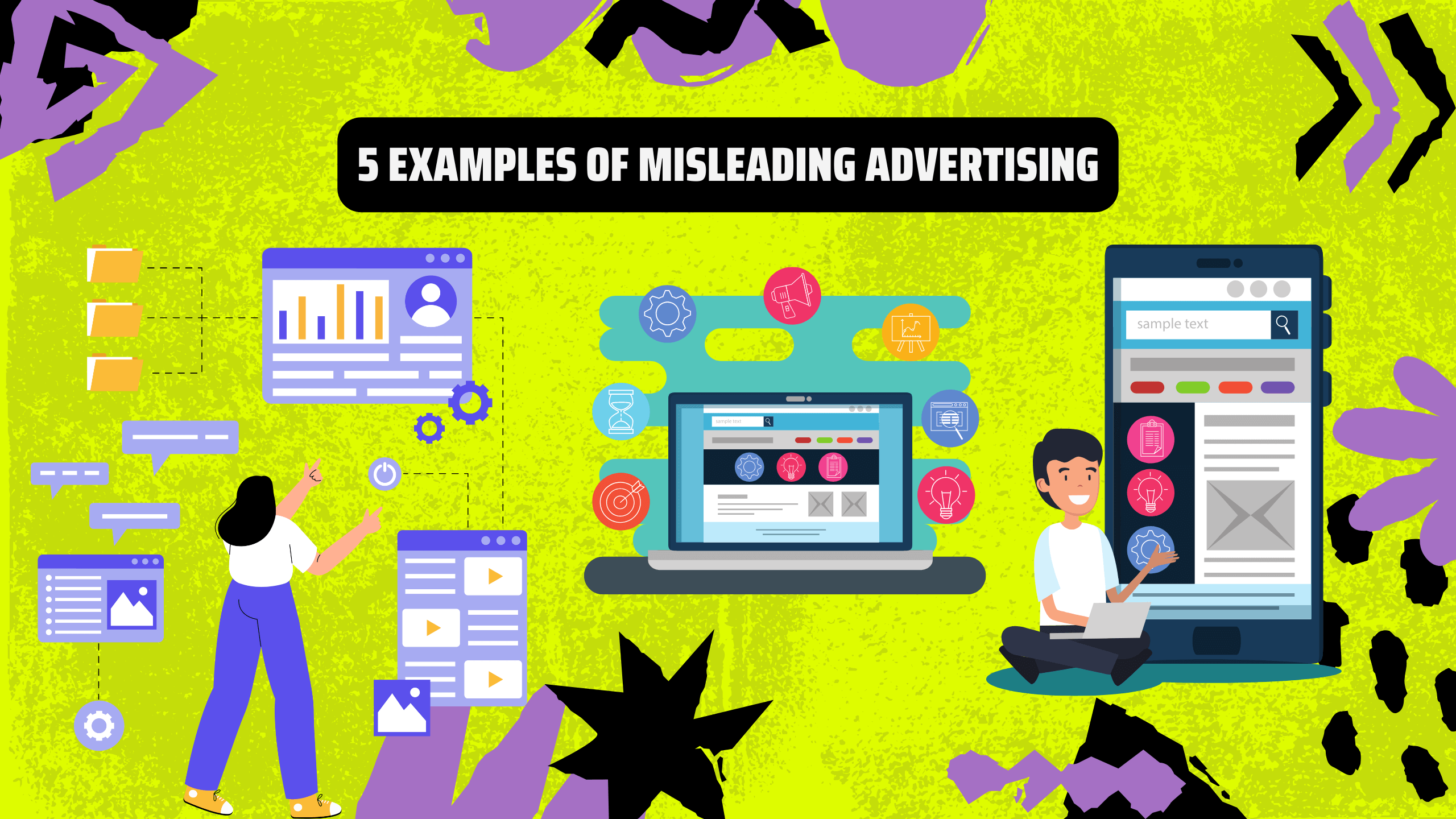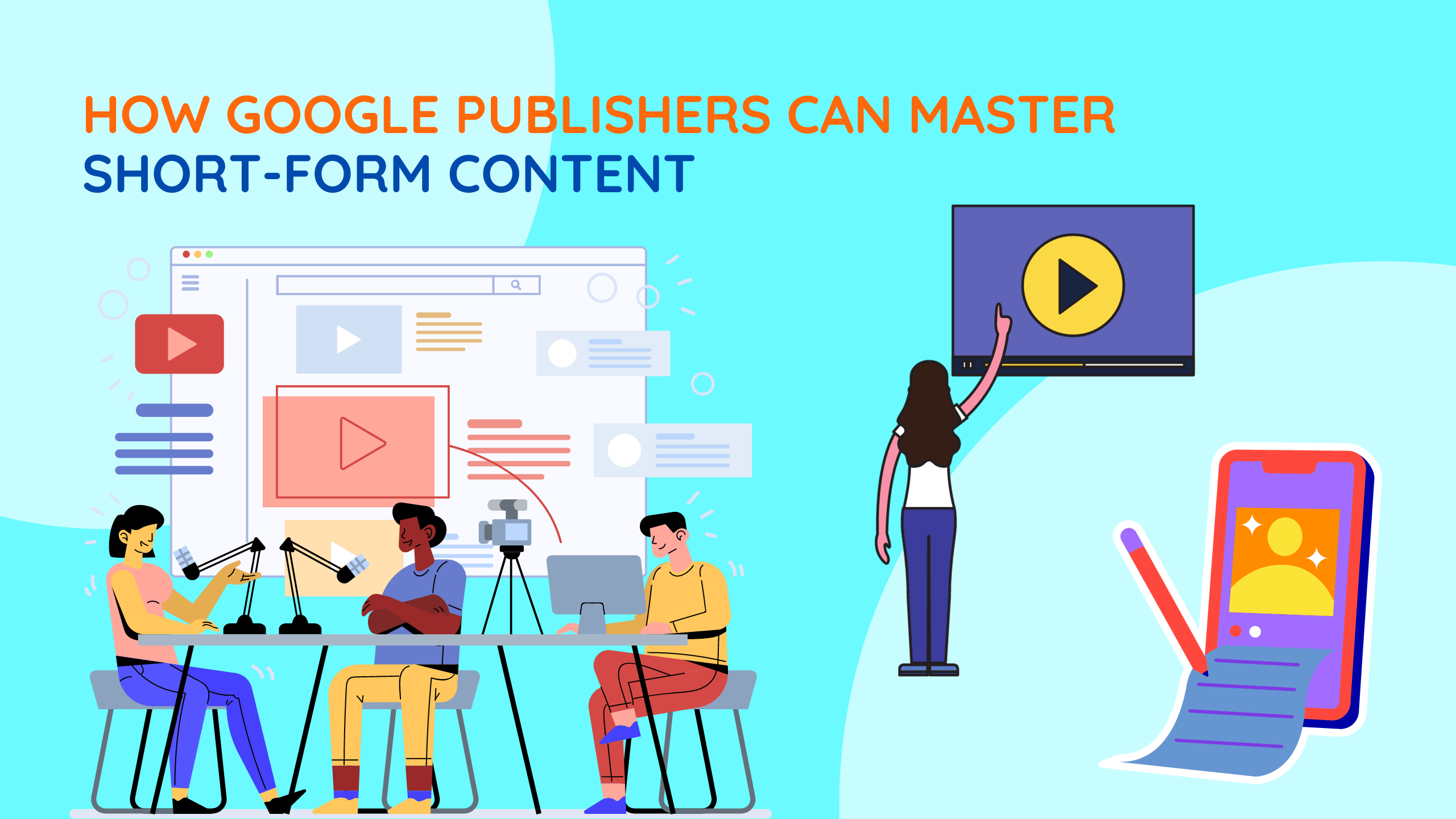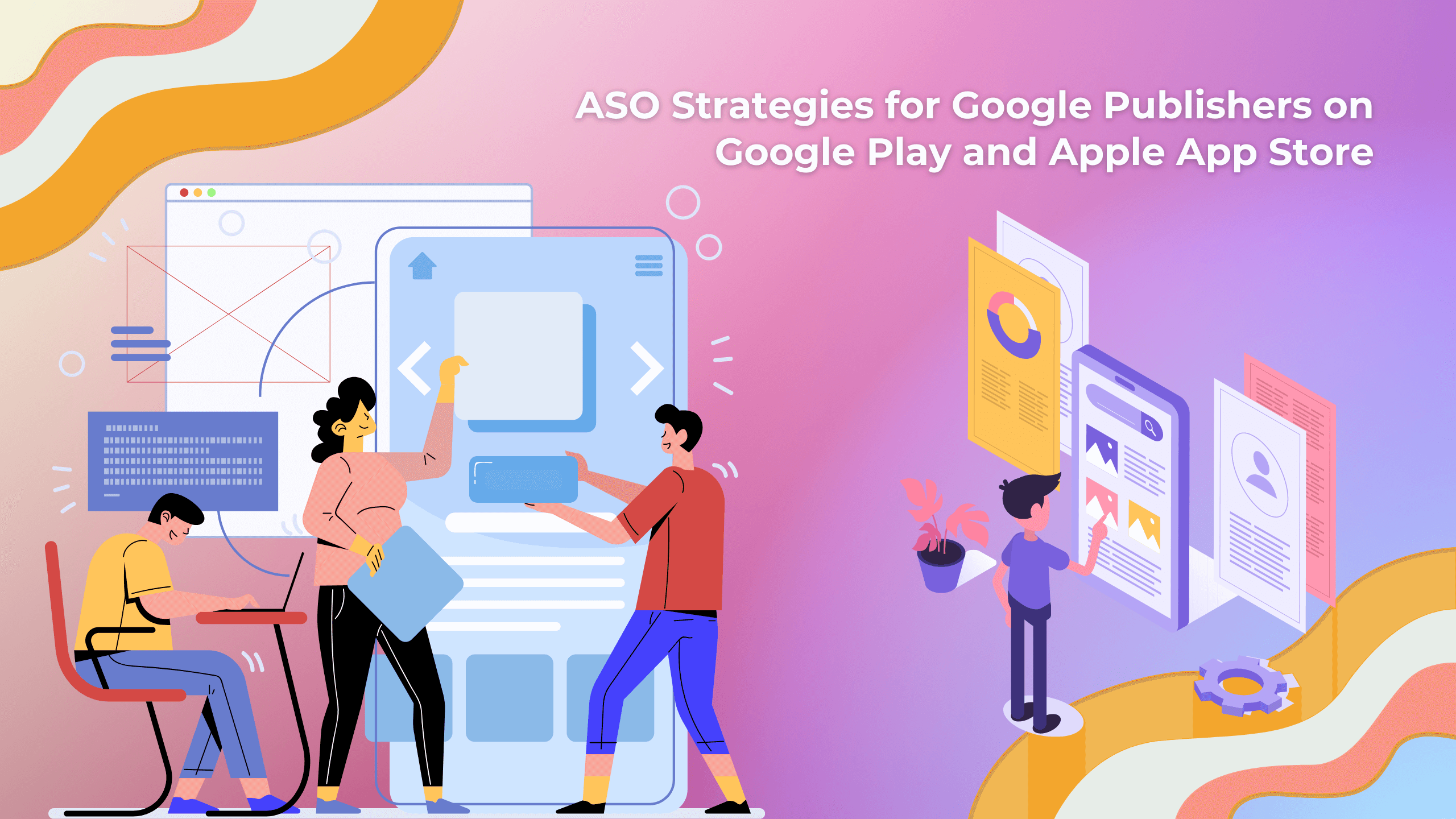The last article in the Programmatic Buying series will introduce you to the two remaining automatic advertising buying and selling methods, Private Market Place (PMP) and Real-time Bidding (RTB).
As mentioned in the previous section, Private Market Place (PMP) private auction and Real-time Bidding (RTB) real-time auction, are the two remaining ways of purchasing inventory that has not been covered in the Programmatic series of articles. Buying. And right below, we will learn a little about these two forms!

Believed to be a cost-effective way to buy ad space for a large clientele, Real-time Bidding (RTB) is simply an auction in which advertisers/agency bid against each other to purchase ad space. reports through an automated platform, such as a DSP. For authorized buyers (in this case, advertisers), you have the right to use RTB to evaluate and bid on each available impression. Typically, this inventory buying and selling process is supported by a supply-side platform (SSP) or ad exchange and happens in less than a second.
So how does Real-time Bidding work? At any given time, multiple advertisers can bid on an impression for a publisher’s inventory, then the winning ad (with the highest bid) will be shown to the user. use. Through RTB, advertisers can apply refined targeting and focus on the inventory that works best for them. In turn, this gives publishers better ROI and higher eCPM, this form of placement bidding also allows advertisers to adjust their campaign budgets in real time to optimize campaign performance. And of course, all the bidding process, auction, … above are done automatically, pre-programmed. This shows that both publishers and advertisers save time, manpower and money on auctions. Publishers and advertisers can both set parameters for RTB, such as minimum price and maximum bid, and prioritize specific deals and inventory.

From how real-time auctions work, we can see that both advertisers and publishers benefit. Specifically for advertisers: RTB gives them the ability to fine-tune their targeting, and focus on the most relevant inventory leading to higher ROI. As a result, their products/services reach the right people who are in need. Advertisers will be able to buy placements at a reasonable price, effectively and on target. What about publishers? The aim of the majority of publishers using RTB is to maximize their revenue with higher fill rates by opening inventory to more buyers in a competitive auction. Publishers can charge more for their premium placements based on already bid inventory.
A subset of Real-time Bidding, Private Market Place is a harmonious blend of real-time auctions and combines the efficiency of programming with the exclusivity of live transactions. In terms of priority, PMP transactions fall between guaranteed deals (Guaranteed Deals) and open exchanges (Open Exchange). Segment publishers and groups of premium placements for PMP, leaving the remaining inventory to the open exchange. While not a general rule, many publishers have established it this way. PMP deals allow advertisers to selectively choose display placements. In other words, PMP transactions allow advertisers to meet their brand safety goals.

Of course, private auctions also have their own benefits. These can be mentioned as:
- Better control over ad placements: PMP deals give publishers more flexibility and control over how they want to sell their placements on these terms and at what price.
- First-Party Data: As part of a PMP agreement, publishers may provide direct access to first-party data to participating advertisers. With the current wave of third-party cookie removals, advertisers are focusing their focus on first-party data again, and it’s becoming more and more valuable that advertisers can confidently target the right audience. statue.
- Brand credibility: While publishers have access to category filters and URL blocklists on most open exchanges, they have no control over the type of ads that will be served. With a private auction, only advertisers or agencies that a publisher is interested in can participate in the auction, so publishers can better control which types of ads are served on the most prominent positions on the page. their web/app.

Finally, let’s learn about the disadvantages of the closed bidding format:
- No Guarantee of Revenue: Unlike Programmatic Guaranteed, publishers are not guaranteed a specific number of impressions, so revenue from PMP also depends on many other factors, you can try A/B testing first when deciding whether or not to use this form of auction.
- Easy to sell cheap: All forms of inventory sales require ongoing maintenance, and PMP transactions are no different. Publishers should regularly review their offers and adjust minimum bids based on demand, market trends, and seasonality.
- Inevitable ad fraud: Despite their exclusivity, PMP transactions are not immune to ad fraud. This is also something that all publishers need to pay attention to because unlike the above weaknesses, this weakness has not been specifically overcome.
The PMP,PG,PD auction is a one-to-one auction (1 buyer and 1 seller) but specifically with RTB, it allows many people to buy and sell to save advertising. For more information about the auction method to increase revenue from advertising, please leave your information below or send an email to: [email protected].











